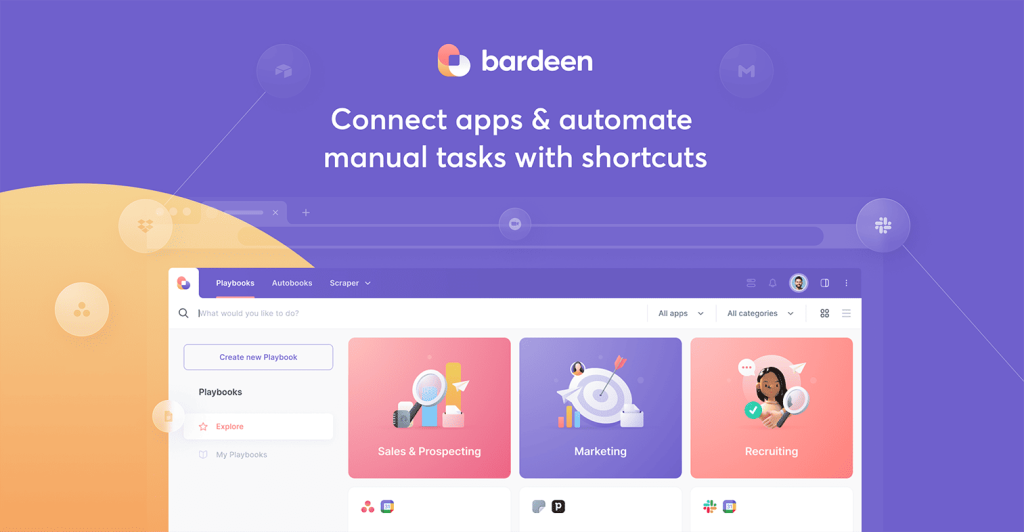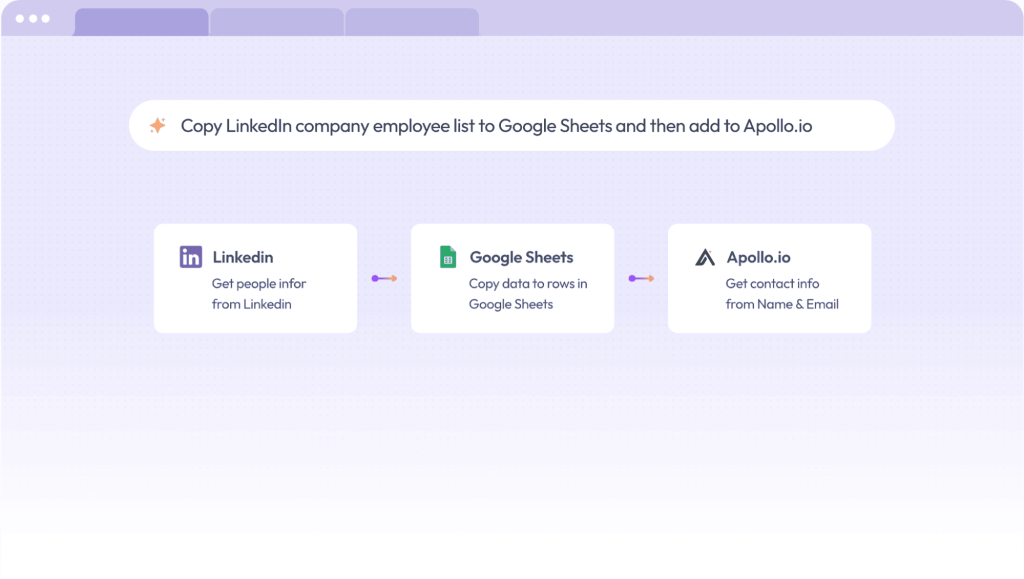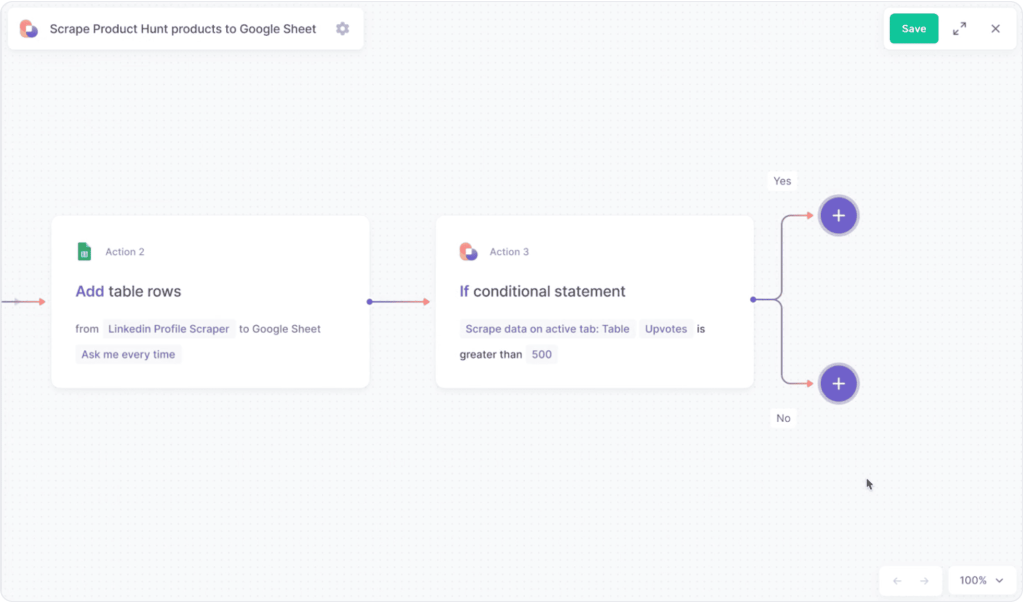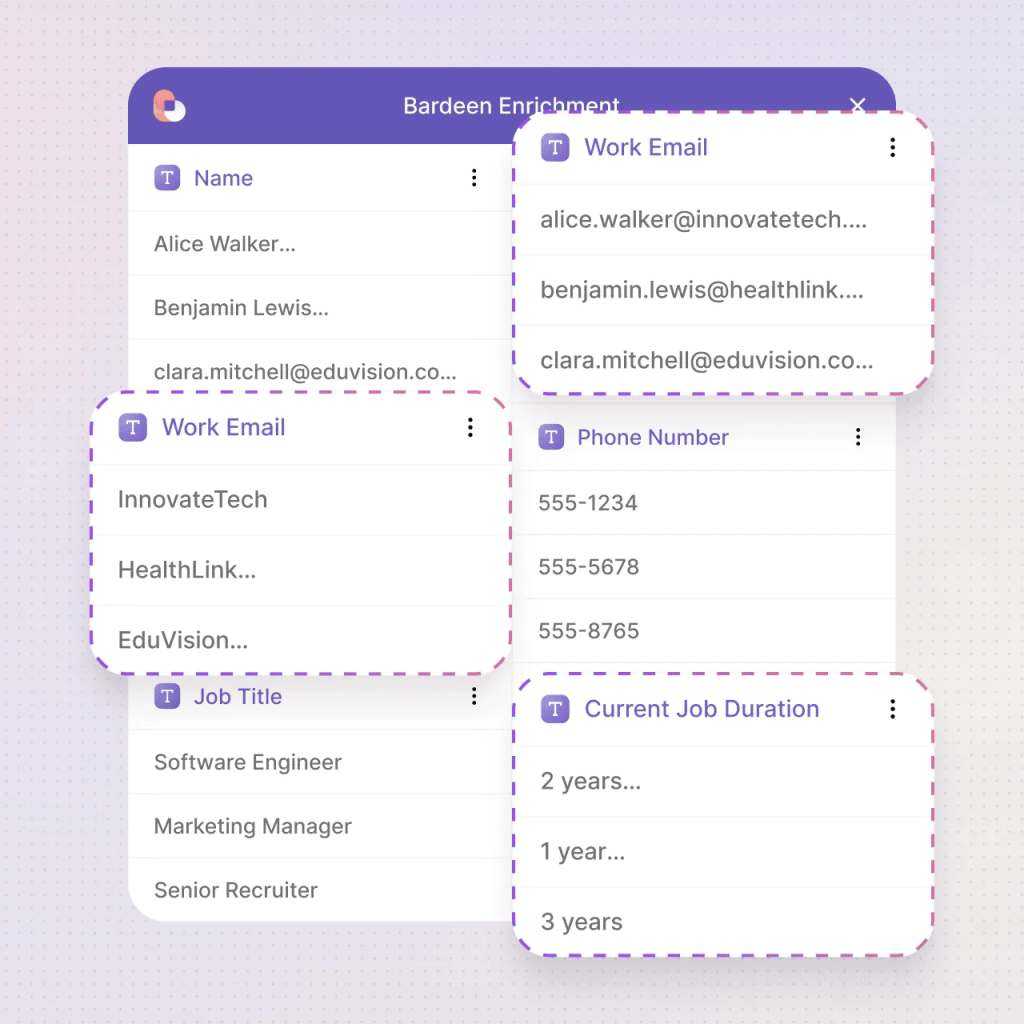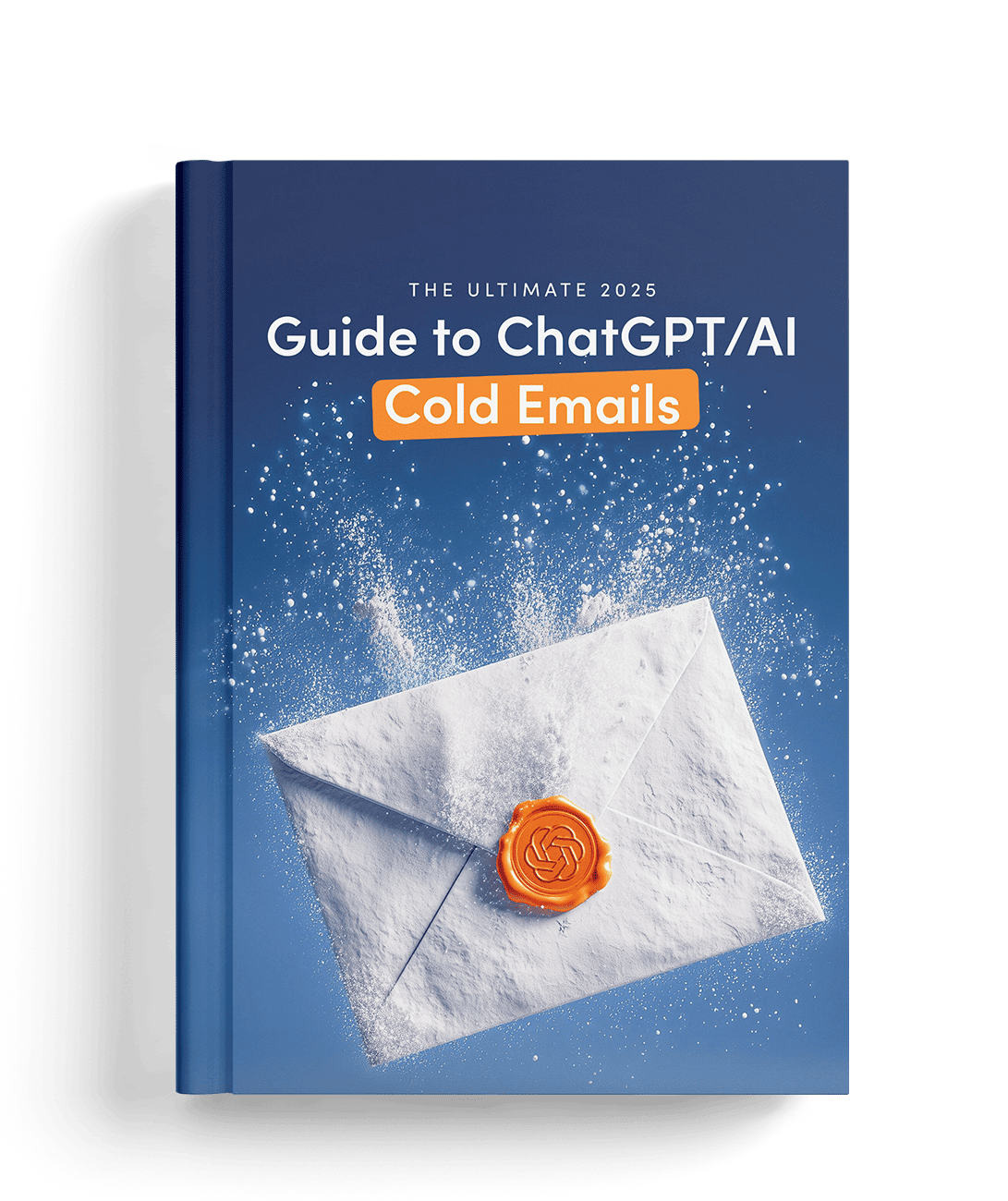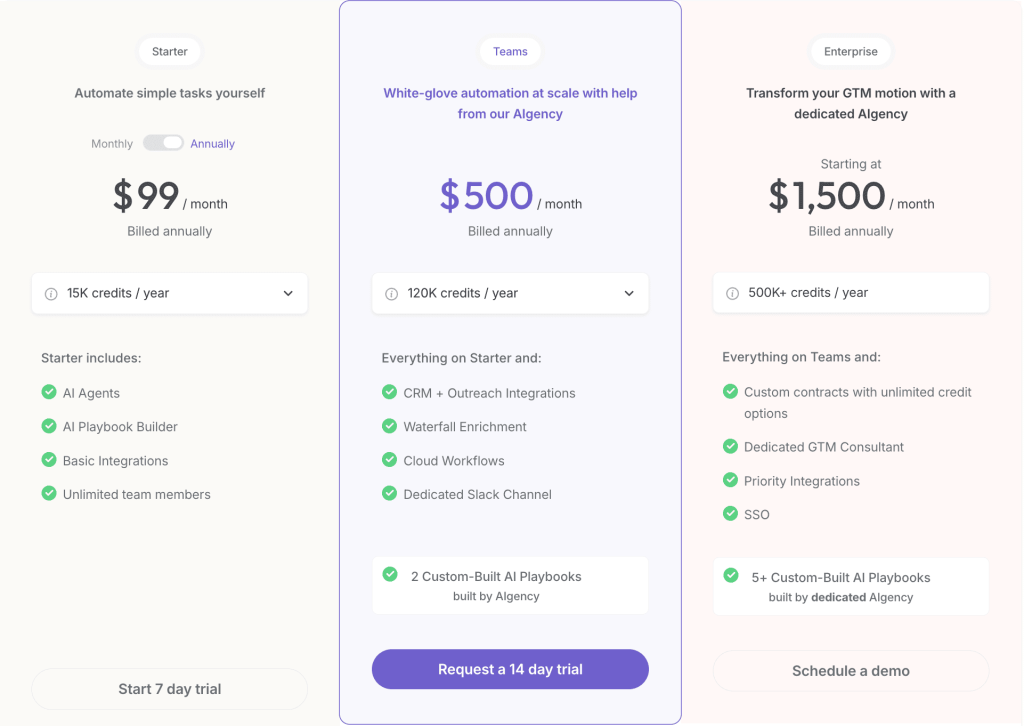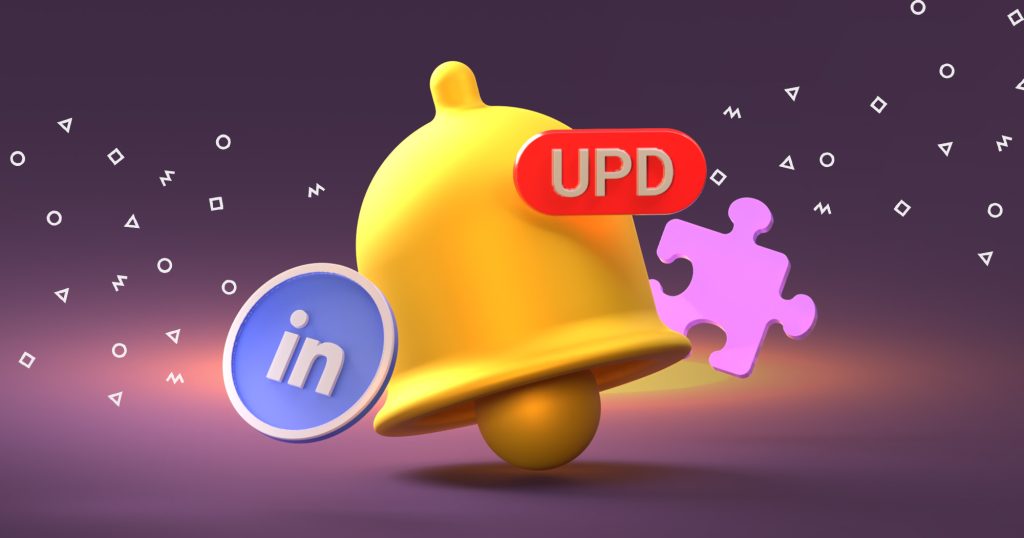Whether you work in sales, marketing, development, HR, or any other department, chances are your team already has some form of AI embedded in their workflows.
And why wouldn’t they? Not only does AI save time on monotonous tasks and drive productivity, but it also enhances virtually all processes with accurate, real-time data that helps teams make smarter decisions.
Most notably, AI tech has dominated sales and marketing workflows, especially with revolutionary tools like AI sales agents (AI SDRs) that completely automate prospecting and outreach with precision and personalization never seen before.
And while all departments have their own specialized AI tools, we’re now seeing a rise in AI software, designed as an engine to combine different kinds of tools and facilitate more efficient workflow operations.
One of these tools worth noting is Bardeen AI — an AI-powered workflow management platform that merges and automates manual tasks across web apps.
But with numerous niche AI tools already on the market (and used by businesses), the real question is whether such tools are worth adding to existing tech stacks.
In this review, we’ll take a closer look at Bardeen AI, along with its main features, user reviews, and alternatives, to answer that question.
What is Bardeen AI
Before diving into anything concrete, let’s cover the basics — what is Bardeen AI, and how does it work?
Bardeen AI is a workflow management software that markets itself as an “AI copilot for GTM (go-to-market) teams”. As you can tell — this is quite a general description, so let’s explore how it works in practice to get a better understanding.
For starters, it’s worth noting that Bardeen AI is a no-code automation assistant that “lives” in your browser and connects to web apps your team already uses. It primarily works with general tools like Gmail, LinkedIn, Google Sheets, etc., but can also integrate with numerous sales, marketing, and operations software.
Bardeen’s main goal is to help automate repetitive tasks like data entry, lead research, outreach, reporting, and so on, with minimal manual effort.
Once connected, users will then create what Bardeen calls “Playbooks”, which are customized automation workflows that create the infrastructure of how their web apps interact with one another.
In simple terms, think of Bardeen AI as a no-code, visual workflow builder powered by numerous AI features (that we will discuss shortly). It provides users several distinct AI agents (copilots) that specialize in their domains, helping teams build and run those automated workflows.
One of the main value points of this platform is that, while customized cross-app workflows have been around for a while — they always required serious technical skills to set up, whereas Bardeen AI offers a simple drag-and-drop interface instead.
That said, while Bardeen AI excels at workflow automation, it’s not powerful enough to replace heavy-duty, specialized AI platforms that sales and marketing teams rely on.


